Moving can be a real pain—literally. We all know that one friend who ends up with a pulled-back muscle after trying to carry their couch like they're some kind of superhero.
But avoiding injury while moving isn't just about being careful; it's about being smart.
Did you know that nearly 1 in 5 people injure themselves while moving?
That's not just a few sore muscles here and there. We're talking about serious back strains, sprained ankles, and other injuries that can leave you out of commission for days.
According to the American Chiropractic Association, back injuries are among the most common, especially when people don’t use proper lifting techniques.
And let’s be honest: we’ve all done that "I'll just lift it on my own" thing... until we throw out our back or worse.
So, if you're preparing for a move (or you're in the middle of it), here's the good news: moving injury prevention tips don’t require you to be a bodybuilder.
It’s all about using the right safe lifting techniques for moving and using the right gear to protect your body.
Let's get into how to make your move as smooth and safe as possible—without needing to call a chiropractor.
Why Does Moving Lead to Injury?
Before we discuss moving injury prevention tips, let's consider why moving is such a risk for injuries.
Think about it: you’re lifting, twisting, bending, and sometimes even sprinting around while trying to get everything into boxes. It’s a recipe for disaster if you don’t pay attention to how you’re doing it.
In fact, studies show that about 1 in 5 movers sustain some form of injury during their move.
The main injuries that happen are usually back strains, sprained ankles, and shoulder problems. Back injuries, in particular, are a common culprit when people don’t use the proper lifting techniques.
But it's not just about the big stuff—even lifting a box the wrong way can cause soreness or injury.

Need help finding professional movers? Let us connect you with trusted movers in your area who prioritize your safety and peace of mind.
Moving Injury Prevention Tips
Now that we know what could go wrong, let’s talk about what can go right.
When it comes to moving, preparation is key.
You wouldn't go on a long road trip without checking your car, right? Same concept here.
Start with moving injury prevention tips that will help you stay safe from the get-go.
- Clear Your Path: Sounds simple, but make sure the area you’re moving through is free of obstacles. No one wants to trip over random objects while carrying a heavy box.
- Warm Up Your Body: Just like you wouldn’t run a marathon without stretching, you shouldn’t start lifting heavy things without prepping your muscles first.
- Ask for Help: Moving doesn’t need to be a solo mission. If something is too heavy or awkward, don’t be a hero. Get someone to help you out.
-
Use Proper Equipment: A good dolly, moving straps, and furniture sliders are worth their weight in gold. They help you move without straining your back or knees.
Safe Lifting Techniques for Moving
Let’s talk about safe lifting techniques for moving. The goal is to use your muscles in the best way possible so you don't end up hurting yourself.
Here are some tips that’ll make you feel like a seasoned pro:
- Bend with Your Knees, Not Your Back: Don’t bend at the waist. It’s a surefire way to throw your back out. You want to squat down, use your legs, and keep your back straight.
- Don’t Twist: When you're holding something heavy, don’t twist your torso to turn. Pivot your feet instead. Twisting while holding weight is a disaster waiting to happen.
- Keep It Close: Keep whatever you're carrying close to your body. The further the object is from your body, the more strain it puts on your muscles. Keep it snug!
- Take Breaks: Your muscles aren’t robots. They need a break. Don’t go lifting for hours on end without taking a breather.

Want to avoid the heavy lifting? Get free estimates from the best moving companies and save time on your move without breaking a sweat.
How to Protect Your Back When Moving Furniture
The back is often the first place to go when people lift heavy furniture incorrectly.
How to protect your back when moving furniture is simple, but people tend to forget:
- Use Moving Straps: These nifty straps help you distribute the weight of heavy furniture. This way, you’re not lifting all the weight with your back — your legs and arms get a share, too.
- Get a Partner: Heavy furniture is best tackled with a buddy. Two people can divide the load, making it way easier on your body.
- Wear a Back Support Belt: If you’re really worried about your back, consider a support belt. It’ll help keep your posture in check and prevent you from twisting in weird ways.

Want to make your move even easier? Check out our guide on Helpers To Move Furniture and discover how professional movers can take the heavy load off your shoulders.
Stretching Exercises Before Moving Heavy Items
Before you start hoisting your grandma’s old dining table, do a quick stretch.
Stretching helps increase your flexibility and reduces muscle strain.
Here are some stretching exercises before moving heavy items you should try:
- Arm Circles: Loosen up your shoulders and arms by making big circles in the air. Start slow and then speed up. This is perfect for preventing shoulder injuries.
- Leg Swings: Swing one leg back and forth like you’re trying to kick a door open (don’t kick the door, though). This helps loosen your hip flexors and hamstrings.
- Torso Twists: Stand up tall and gently twist your torso to each side. It helps keep your spine limber for all those twists and turns you’ll need to make during the move.
Why You Can Trust My Good Movers
550+
moving companies
listed
16,000+
customer reviews to help you decide
50+
states covered for moving services
100%
free quotes provided instantly
What Are the Common Moving Injuries and How to Avoid Them?
Let's break down some of the most common injuries people get during a move and how to avoid them:
-
Back Injuries: The classic culprit. How to avoid this? Use your legs when lifting and take breaks to rest your back. Also, avoid twisting while holding heavy objects.
- Sprained Ankles: Tripping over things while carrying a box can lead to twisted ankles. Keep your paths clear and wear good shoes with support.
- Muscle Strains: If you don’t warm up before the big day, you could strain a muscle. Simple stretching exercises can save you a lot of pain.

Before you make those rookie mistakes, learn about the common moving mistakes people make and how to avoid them.
Ergonomic Tips for Moving Boxes Safely
When you're moving boxes, your posture is everything.
Poor posture can lead to back pain, muscle strains, and even headaches. Here are a few ergonomic tips for moving boxes safely:
Keep Boxes at Waist Height: Avoid bending over to pick up boxes. Instead, keep them at a height where you can easily bend your knees and squat down. If that’s too much, get a dolly!
Move Small Loads Often: Don’t try to carry everything in one go. It’s better to make multiple trips than to overload yourself.
Moving Safety Checklist to Prevent Injuries
Here’s a checklist to make sure you don’t skip any crucial steps:
Have a Plan
Don’t just wing it. Take a few minutes to map out your route and where things will go in your new place. It’ll save you time and effort.
Wear Proper Gear
No flip-flops allowed! Wear sturdy, supportive shoes that will prevent slips and give you a good grip while lifting.
Use the Right Tools
Don't play the hero. Grab dollies, moving straps, and sliders to help with heavy lifting so you don't strain your muscles.
Take Breaks
Don’t push yourself too hard. Take short breaks to catch your breath and give your muscles a rest.
Clear the Path
Make sure there’s no clutter or obstacles in the way. A clear path will reduce your chances of tripping while carrying stuff.
Ask for Help
You're not in this alone! For those heavy or awkward pieces, get a buddy to help out. Two people can move a couch way more easily than one.
Protective Gear for Moving Heavy Items
Lastly, let’s talk about protective gear for moving heavy items.
You’ve probably seen people wearing gloves, knee pads, or even back braces when they move — and for good reason!
Here’s why you should consider using these:
- Gloves: Protect your hands from cuts, blisters, and calluses.
- Knee Pads: If you’re going to be kneeling while moving, protect your knees.
- Back Brace: If you're doing a lot of heavy lifting, a back brace can provide extra support.
Recommended Resources















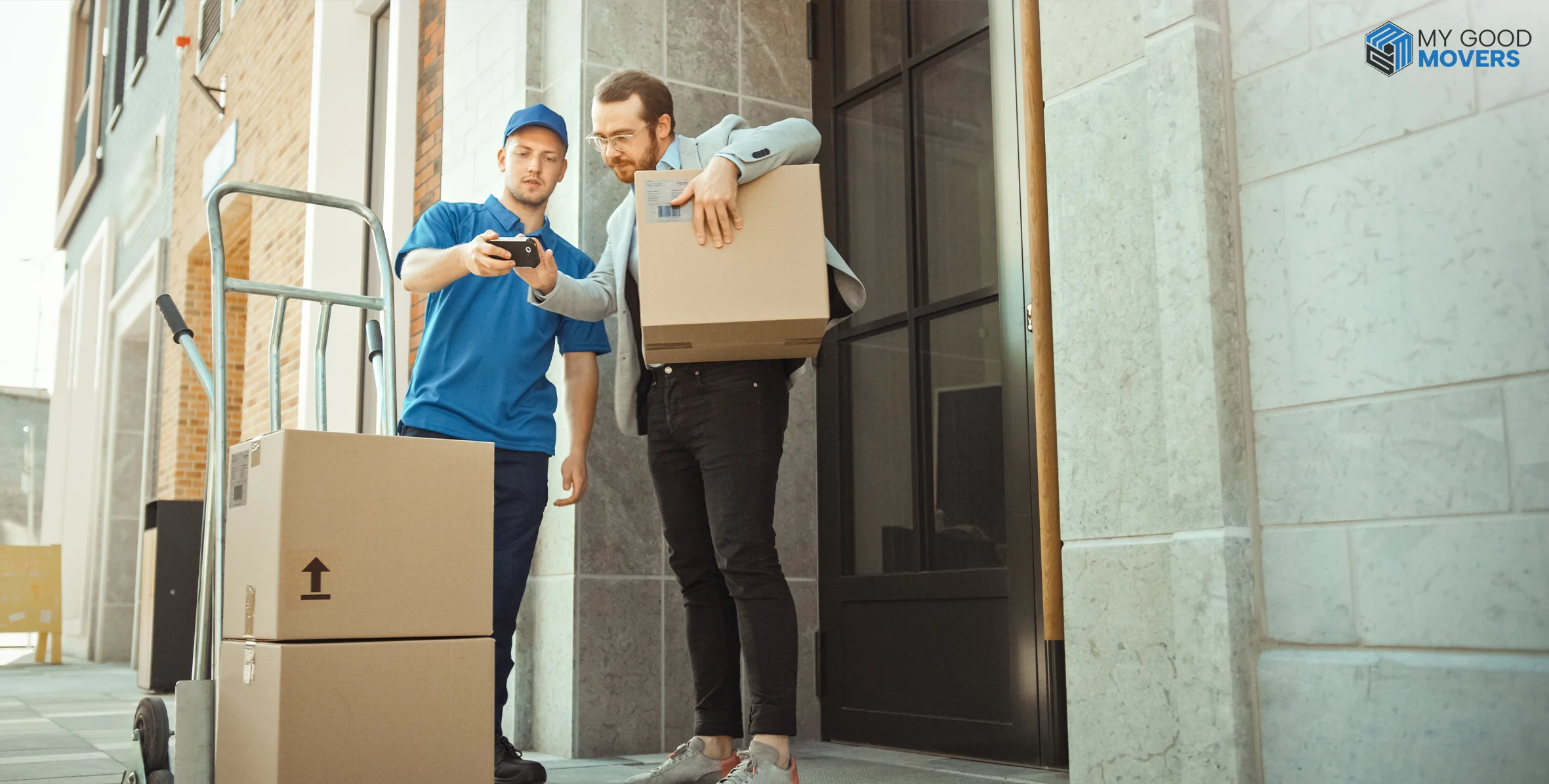

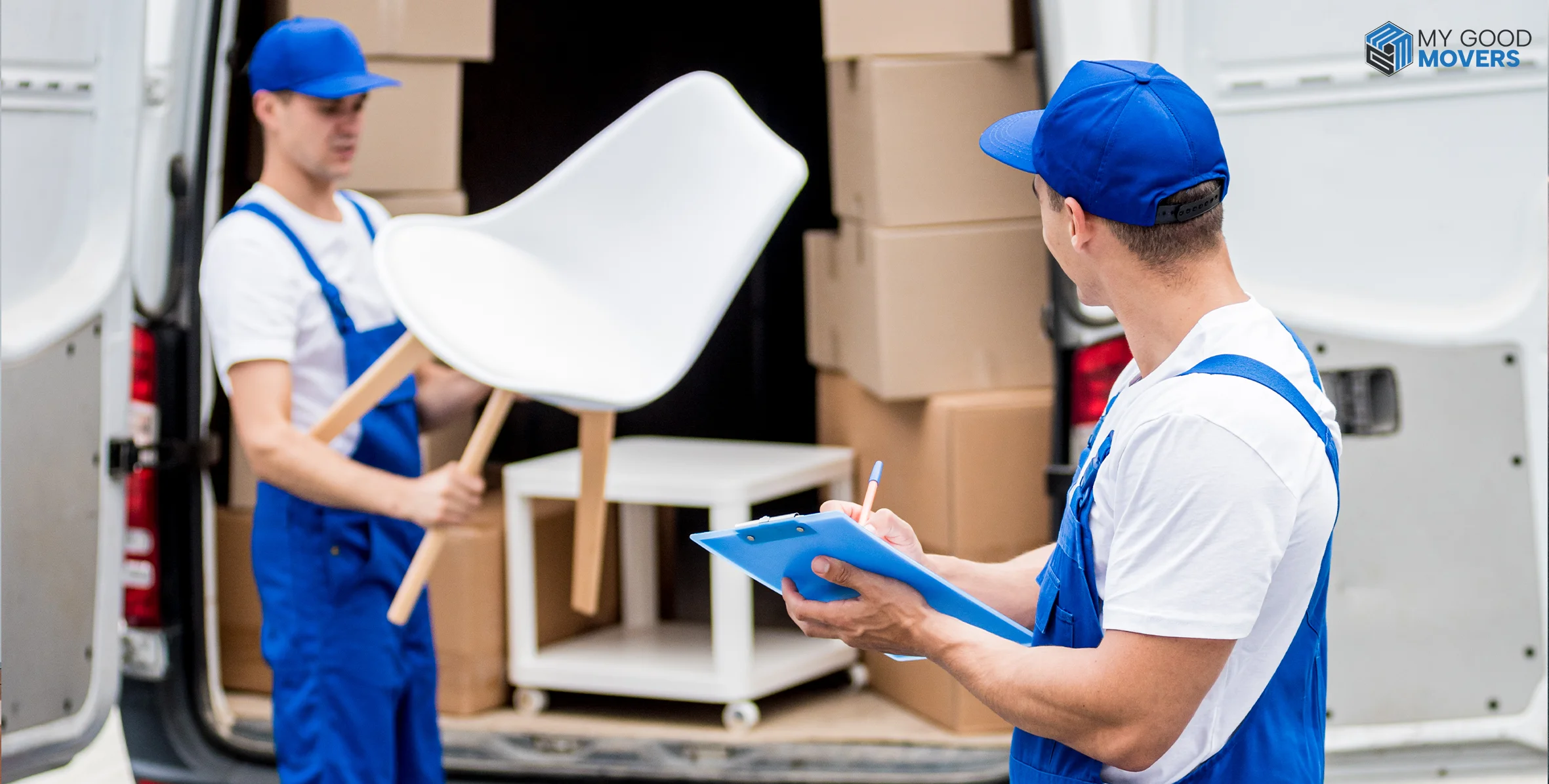

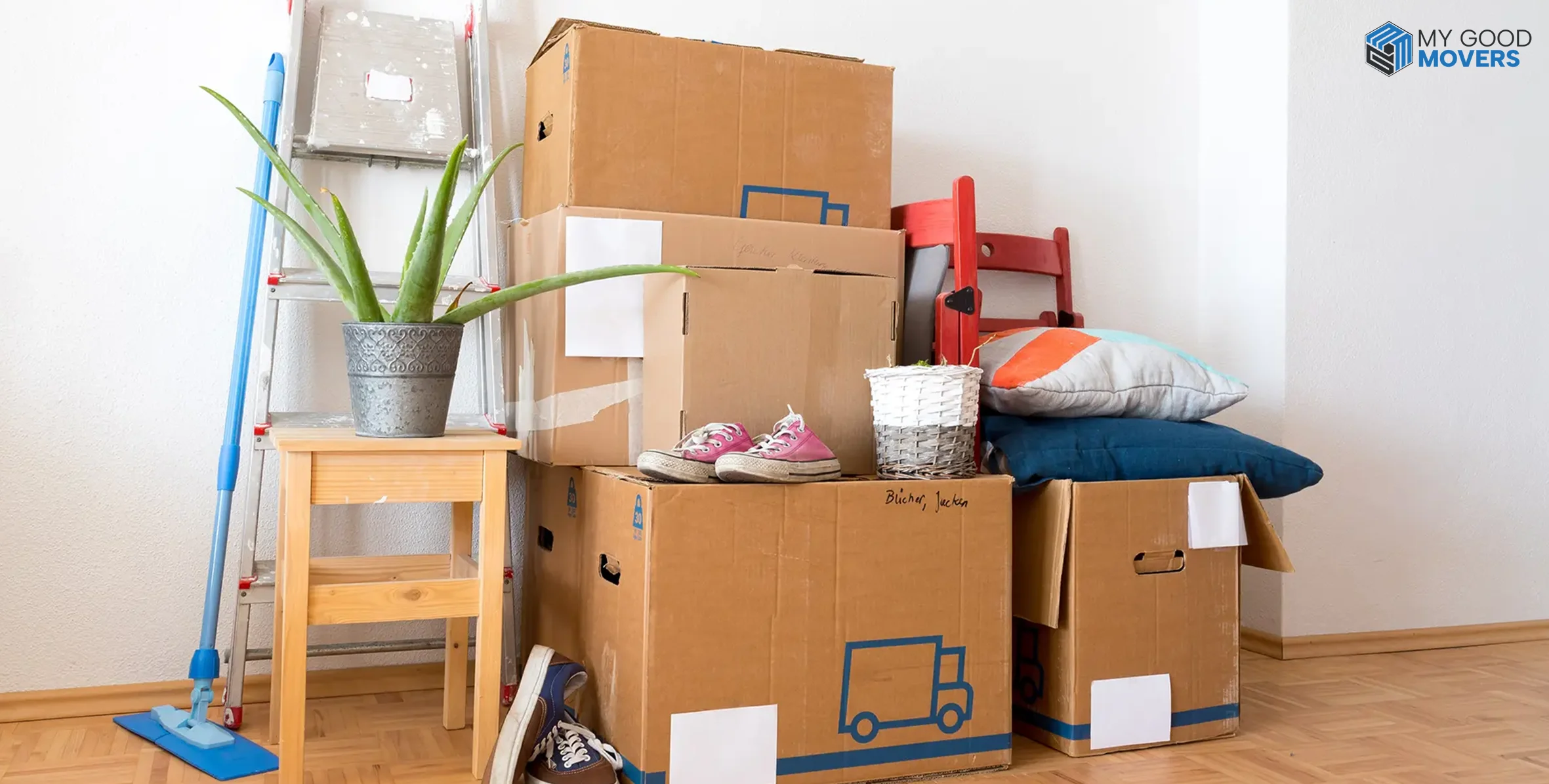













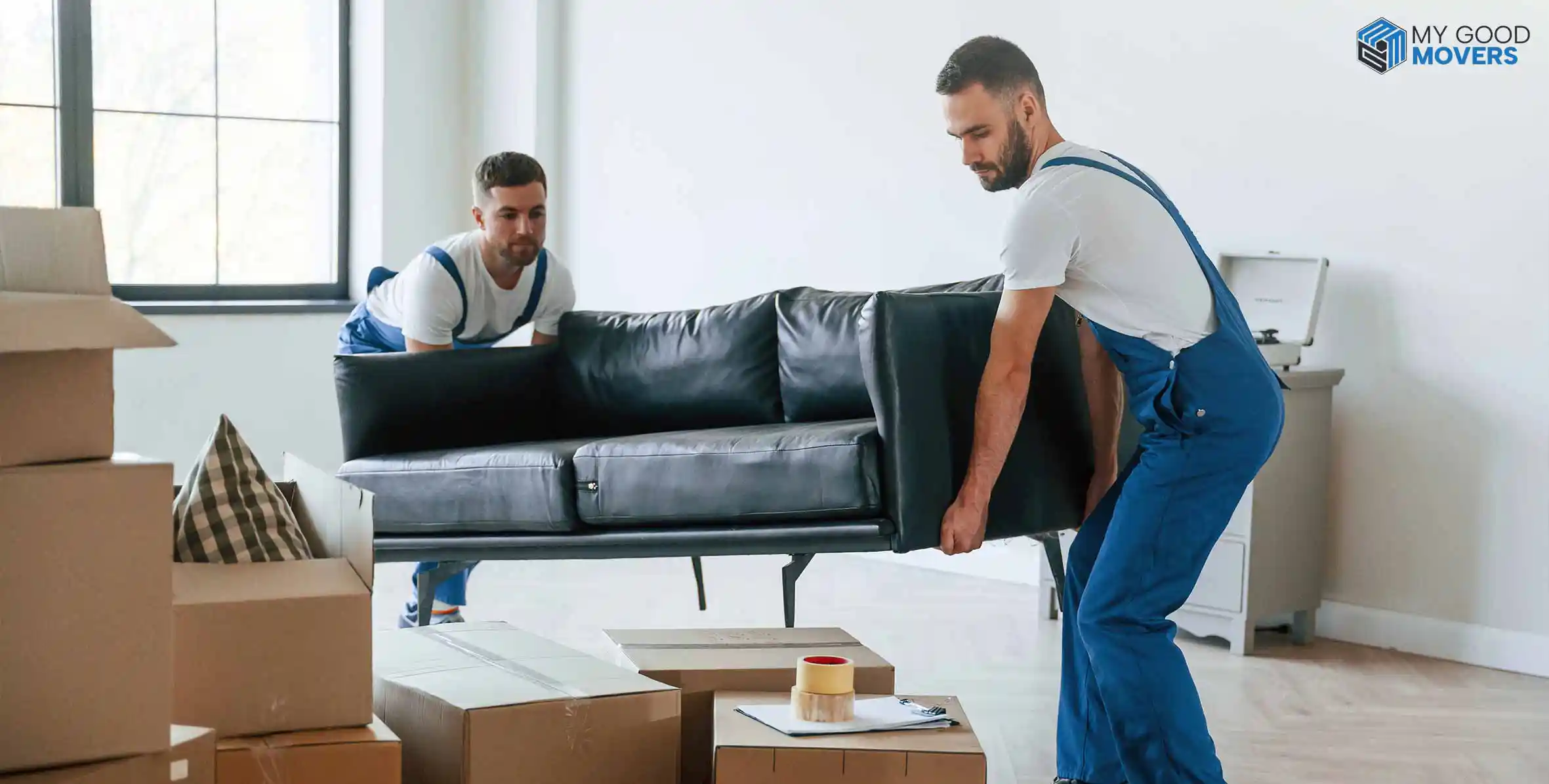
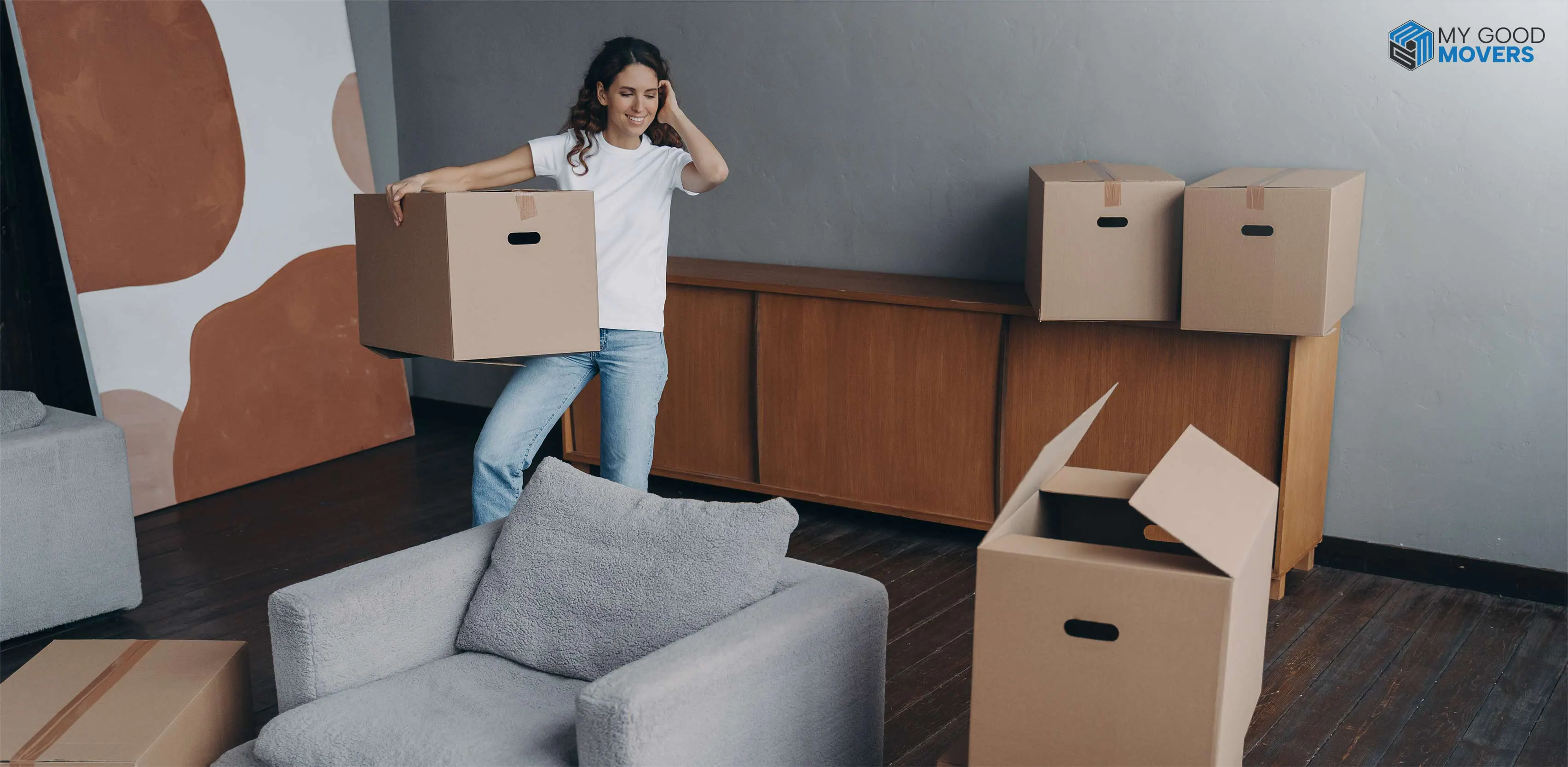
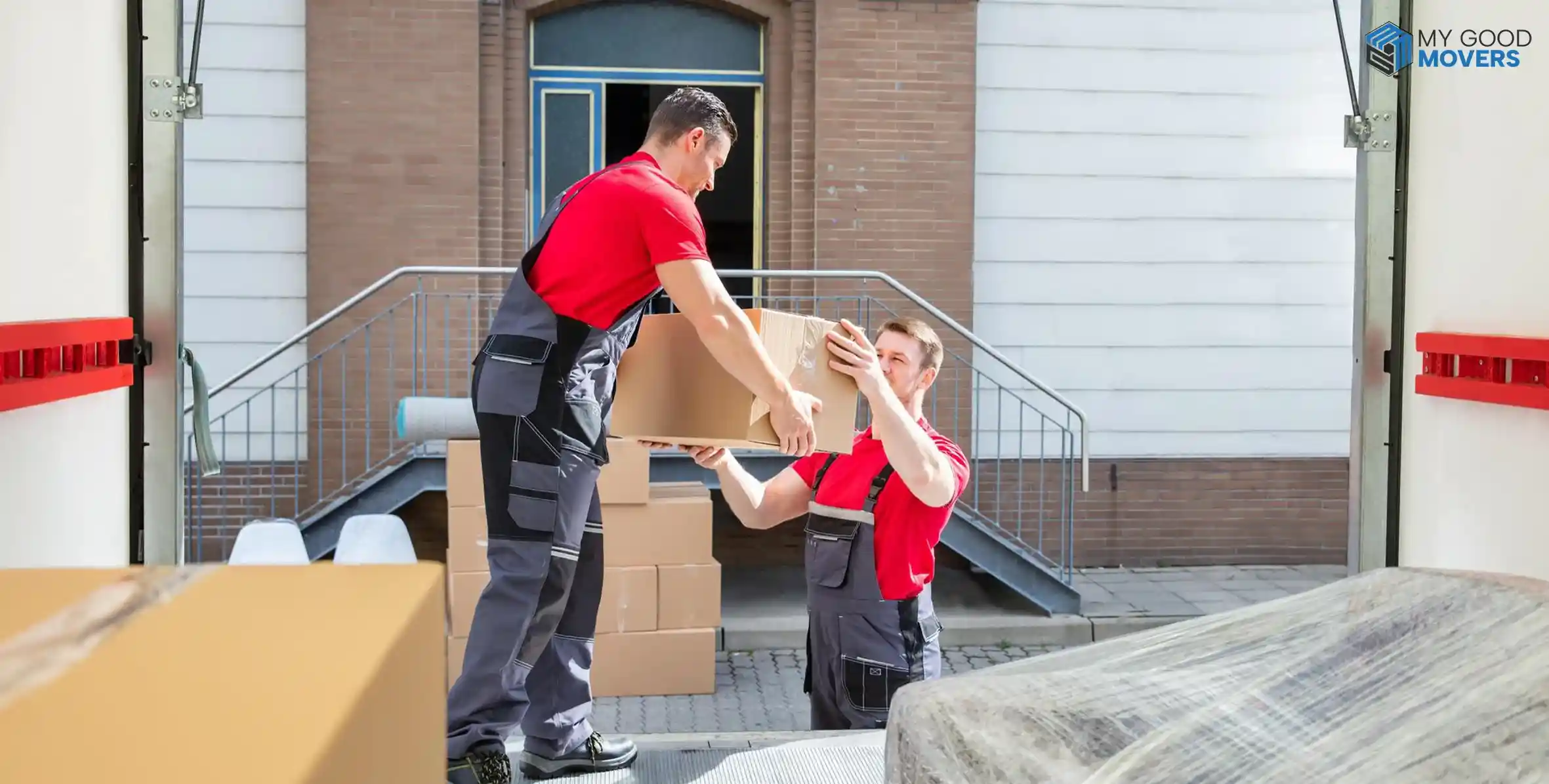


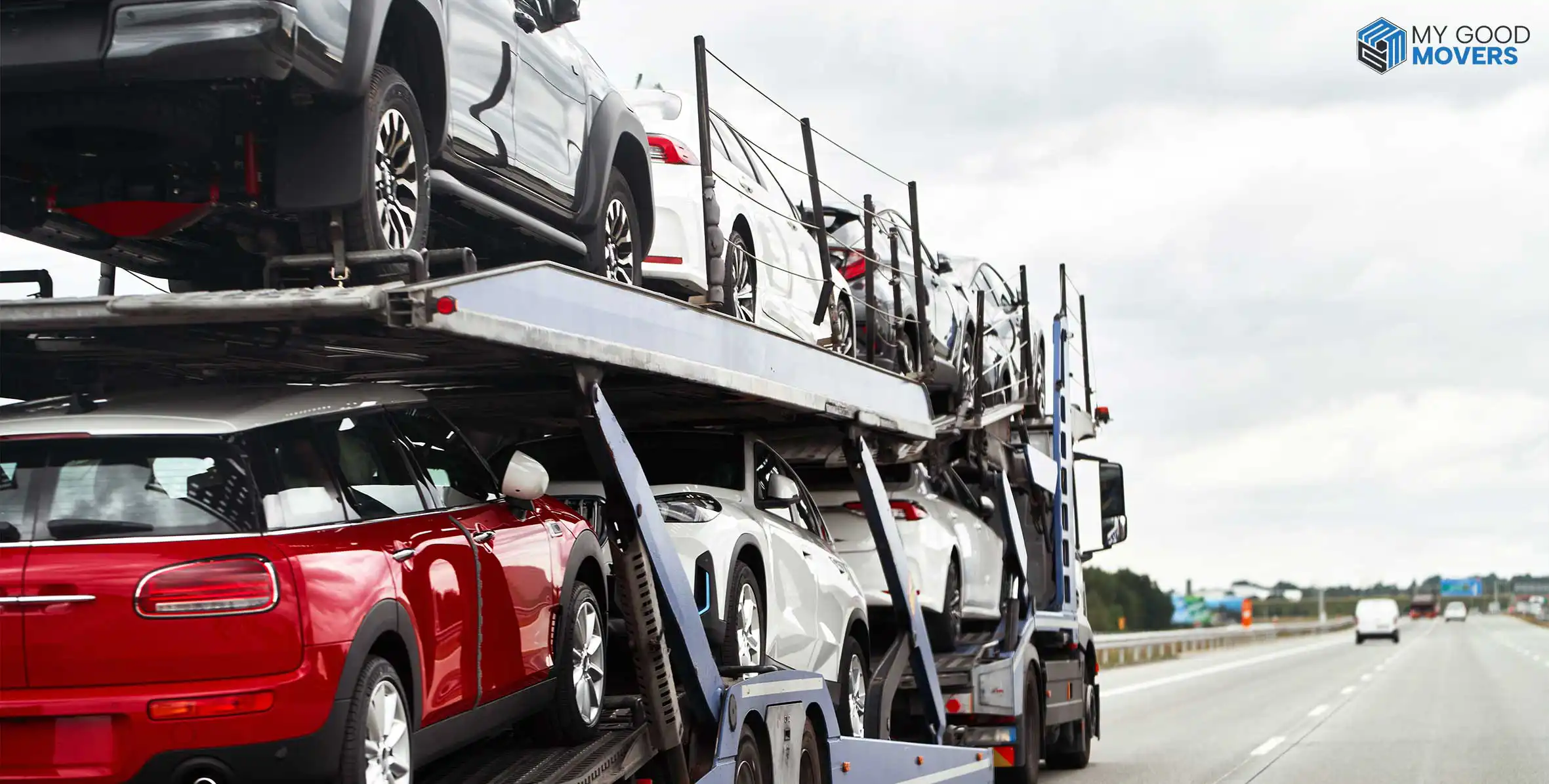







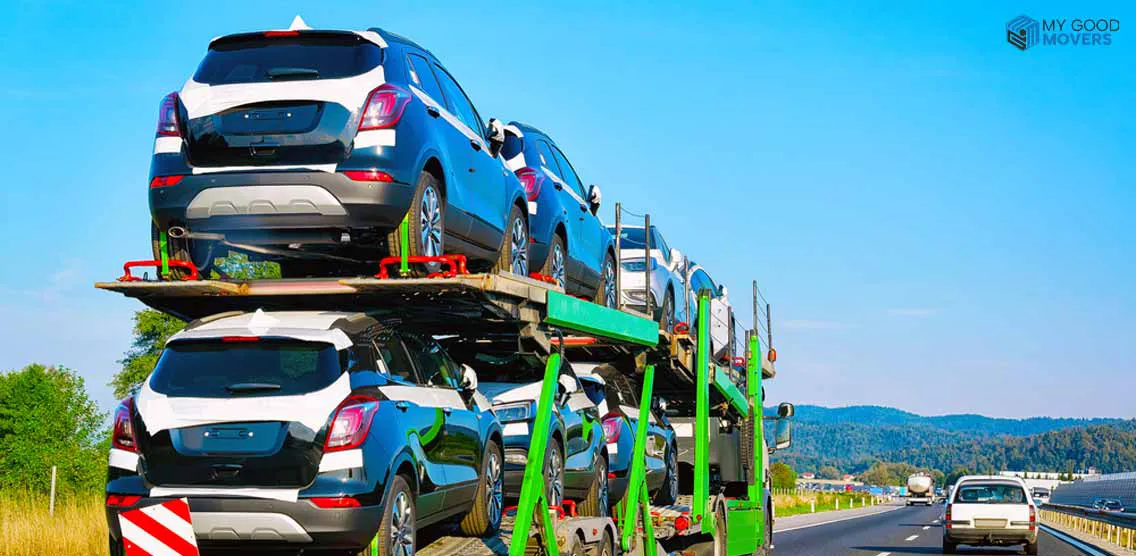

















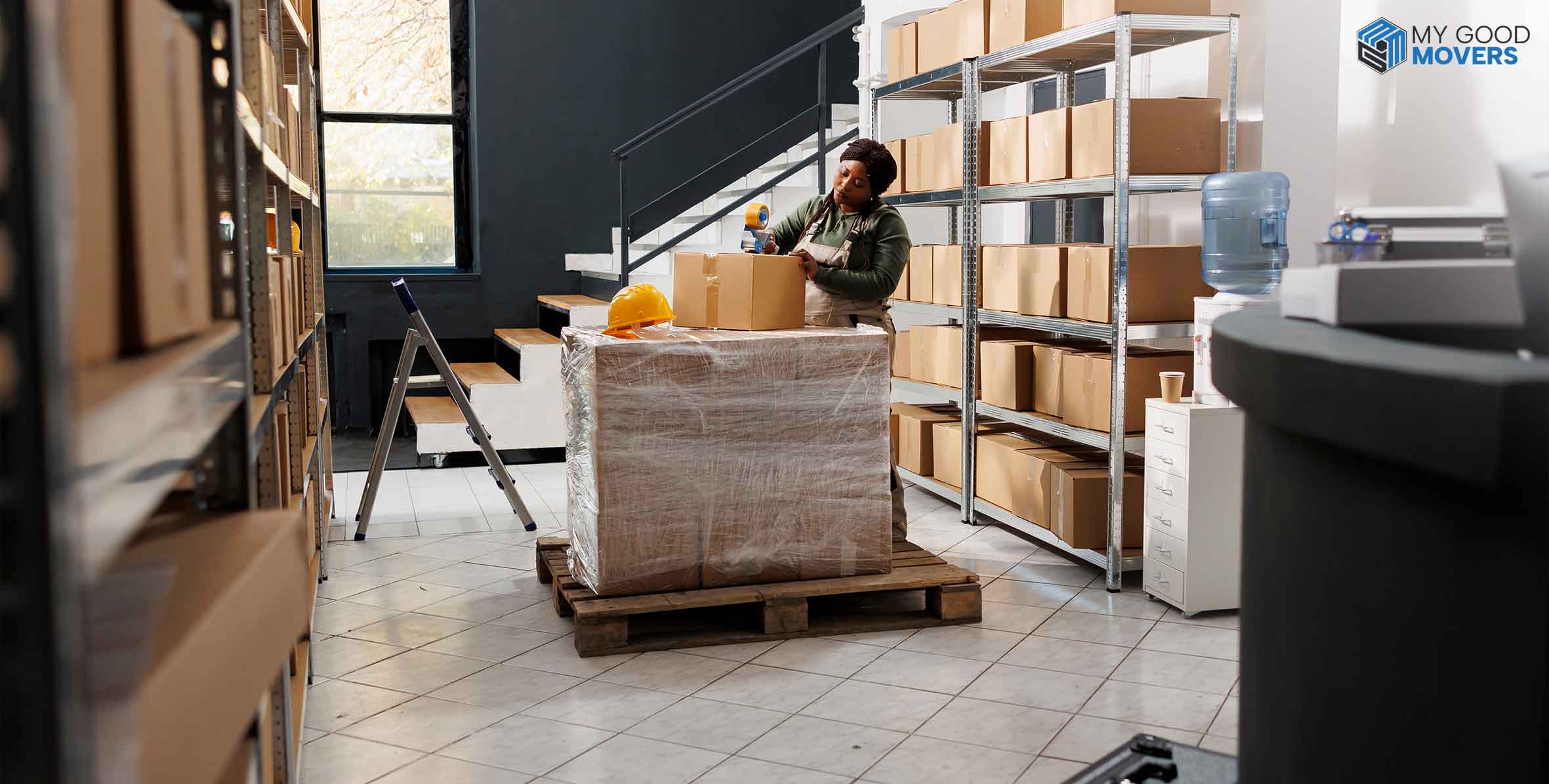



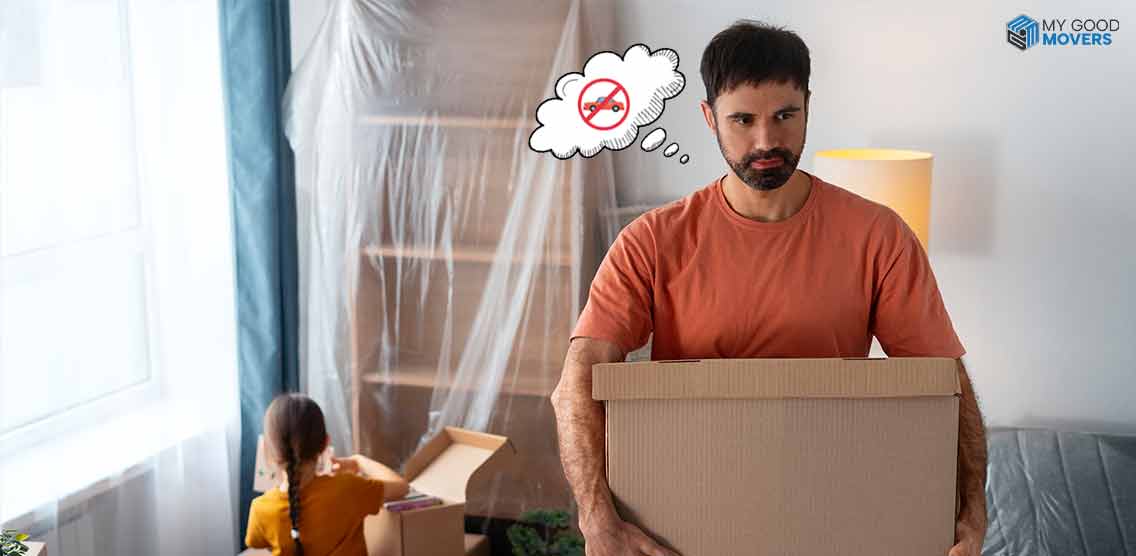
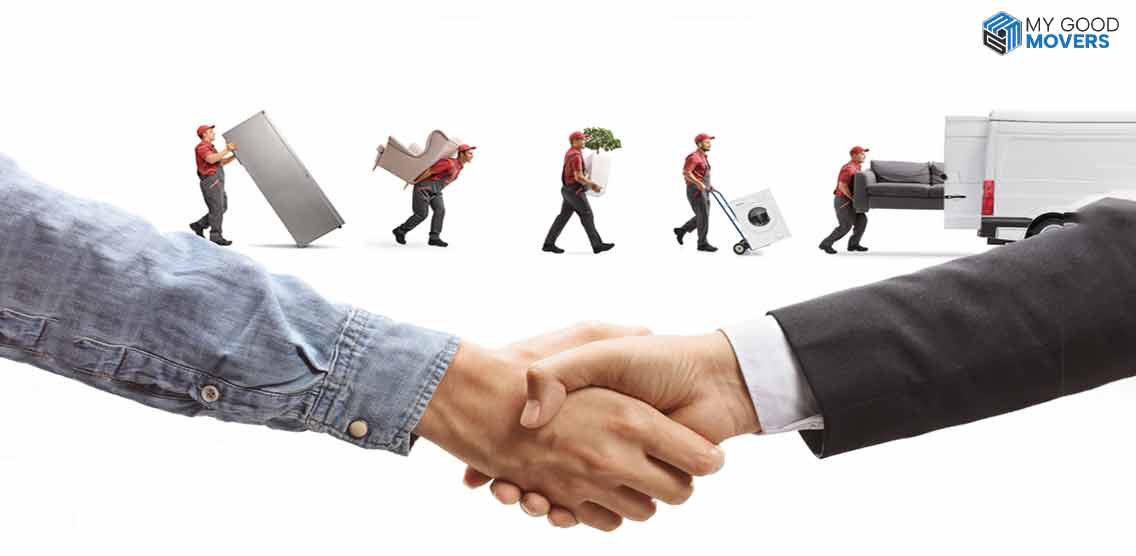


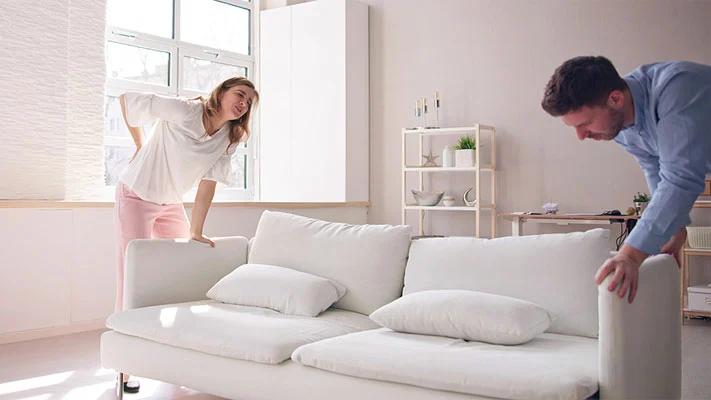



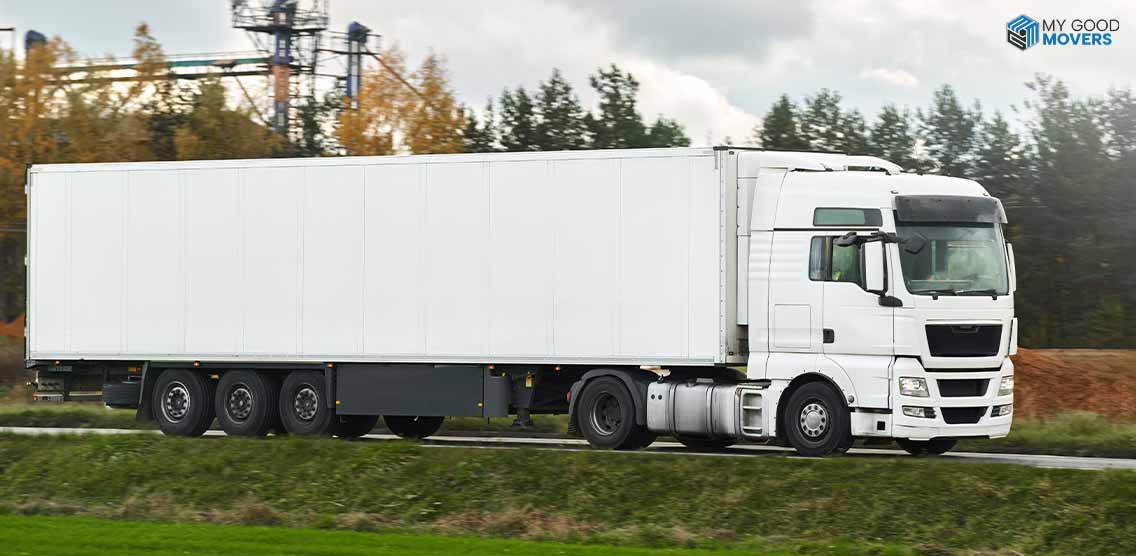





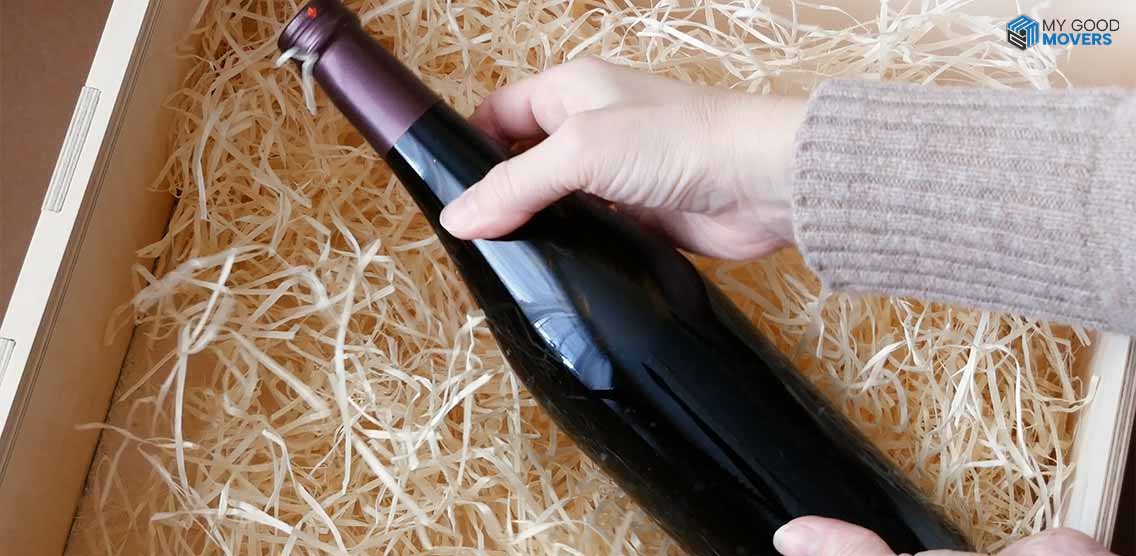

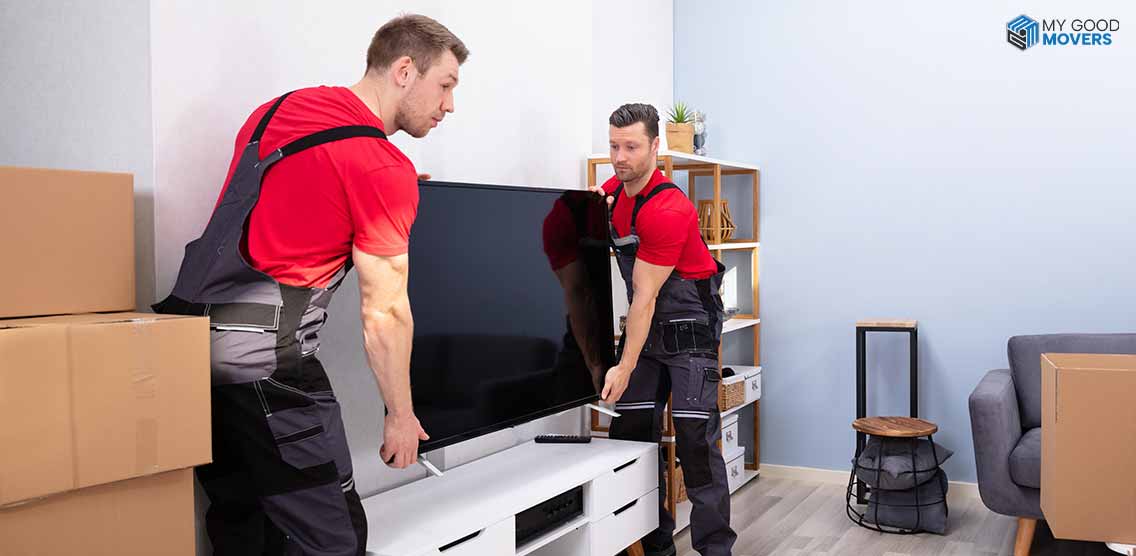





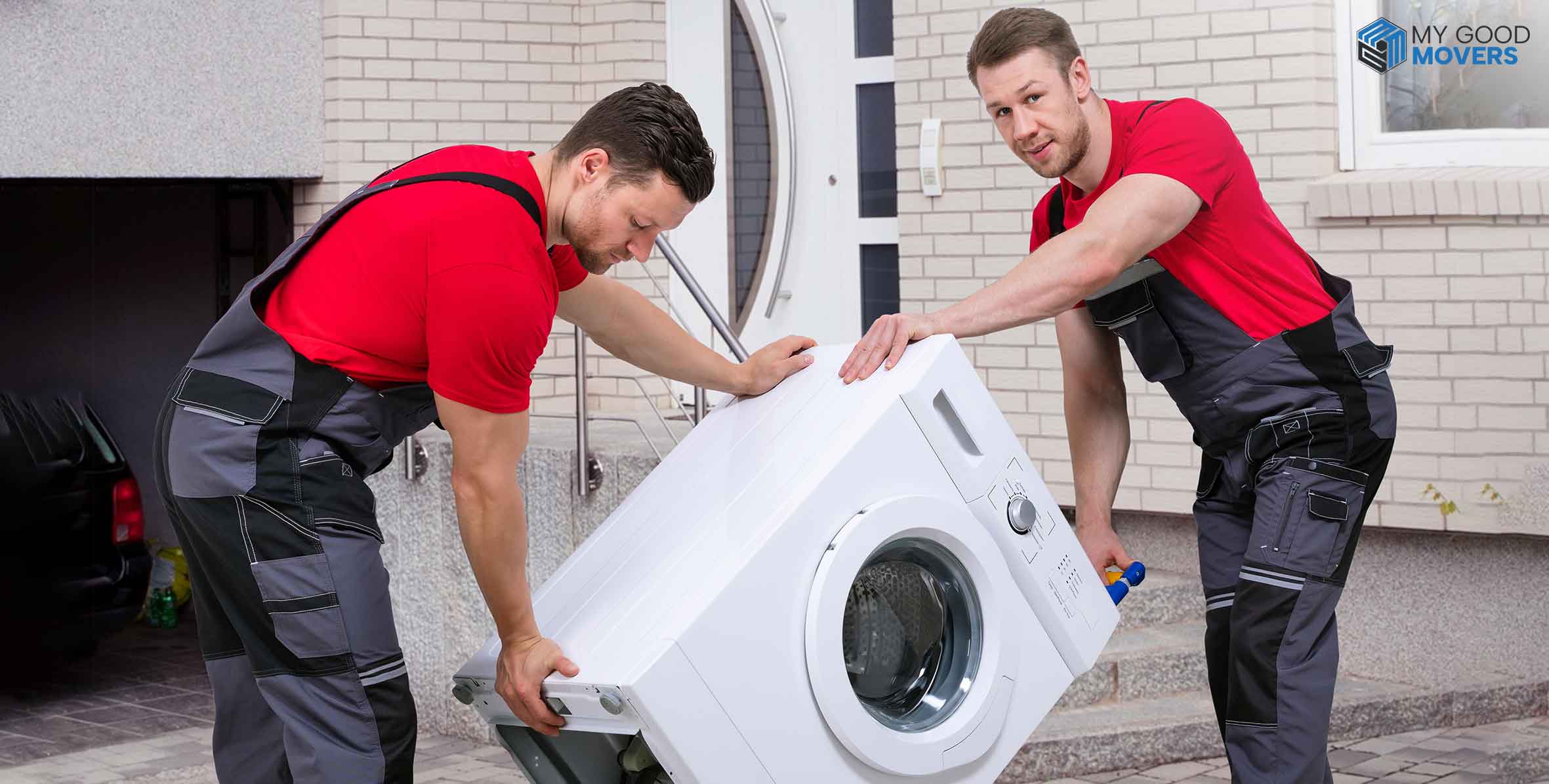




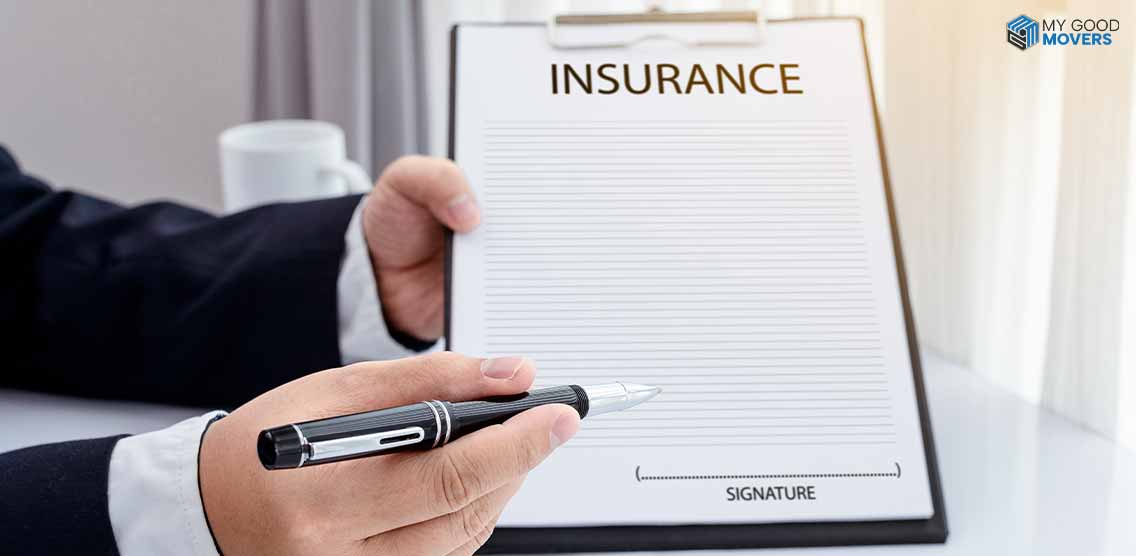
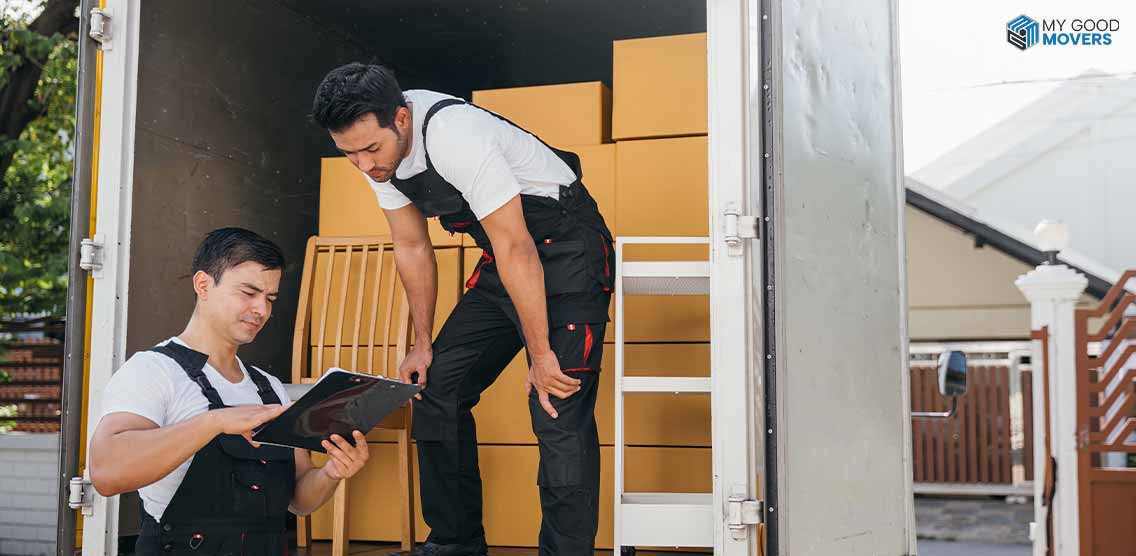

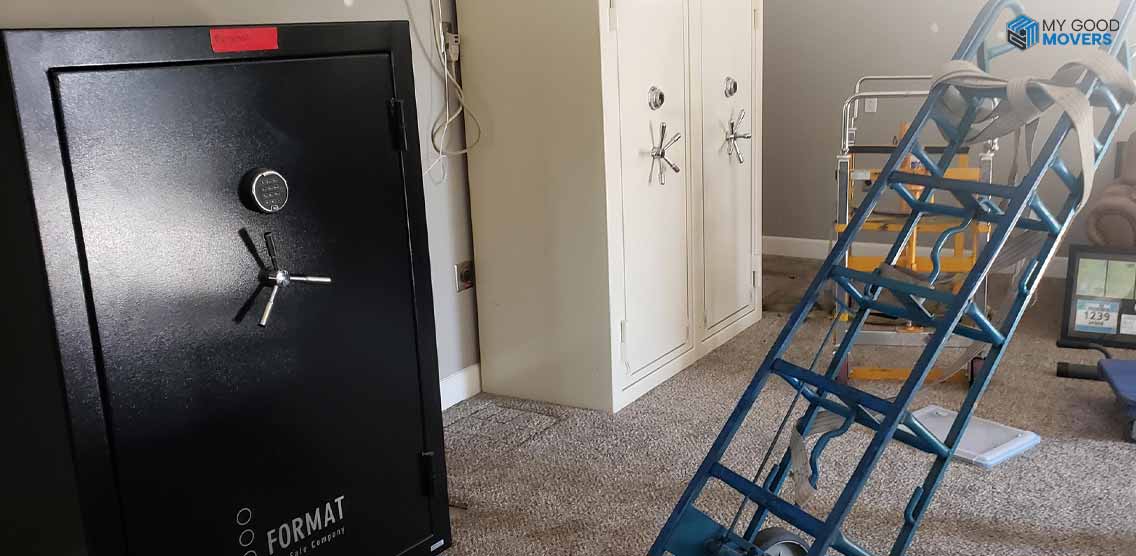





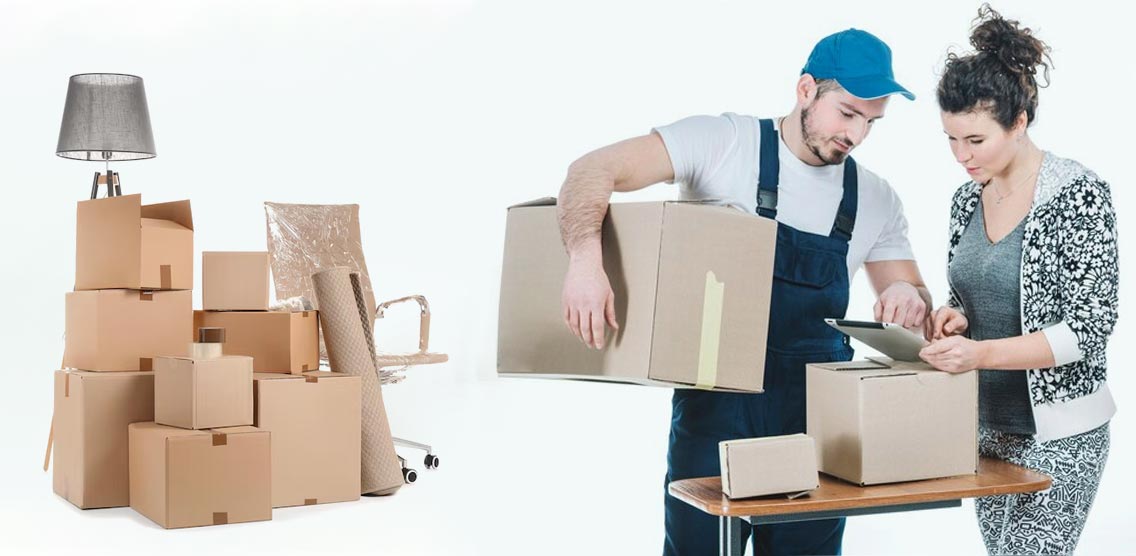



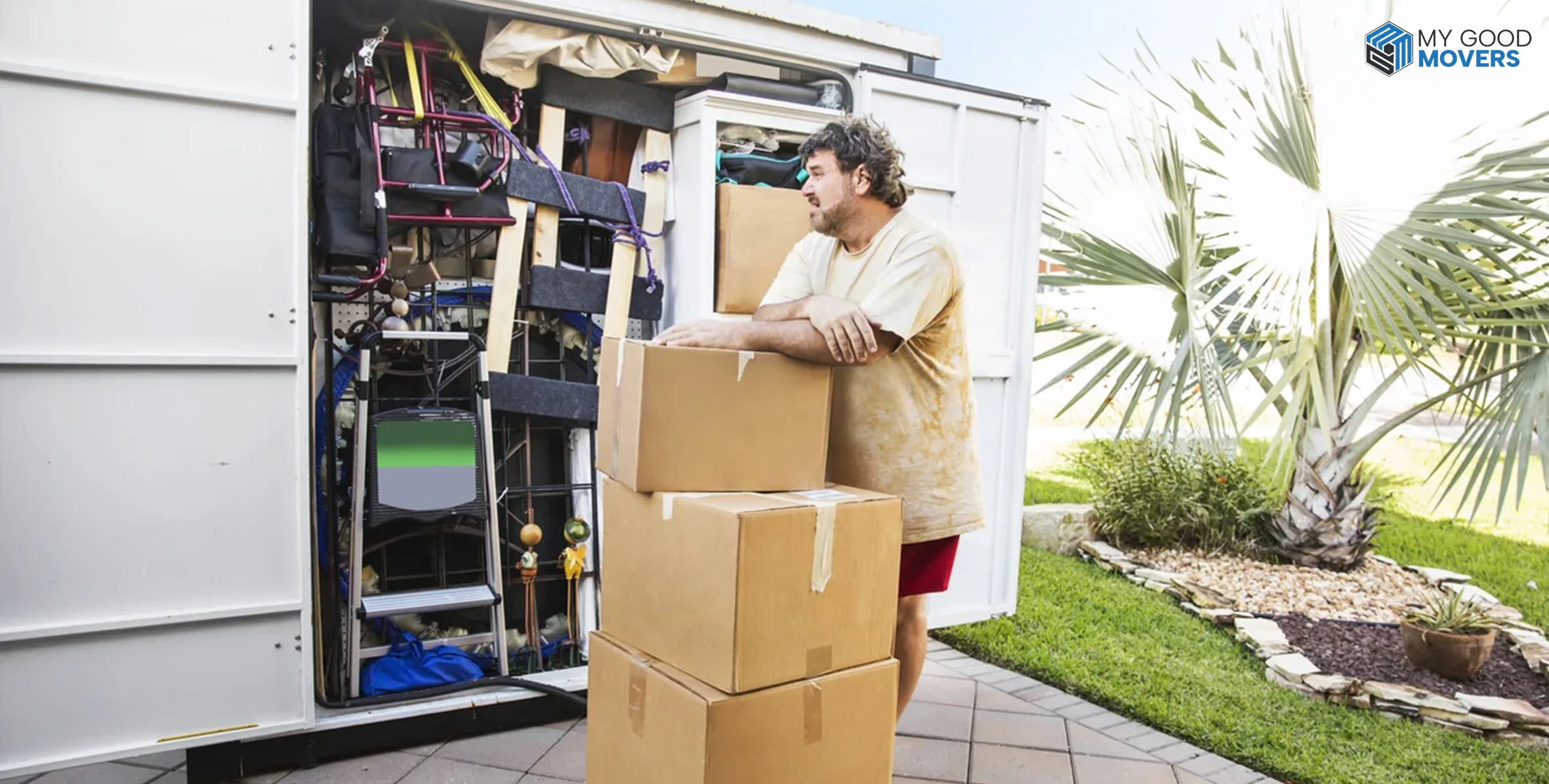
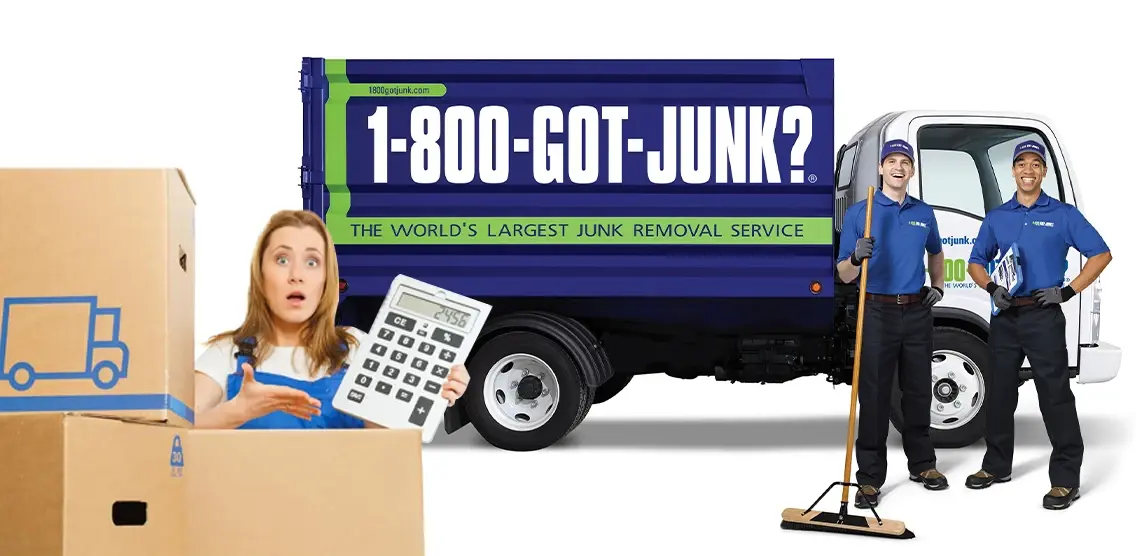


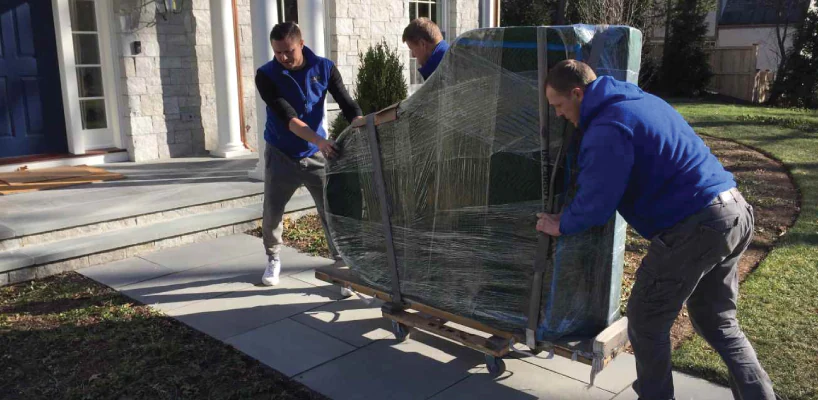



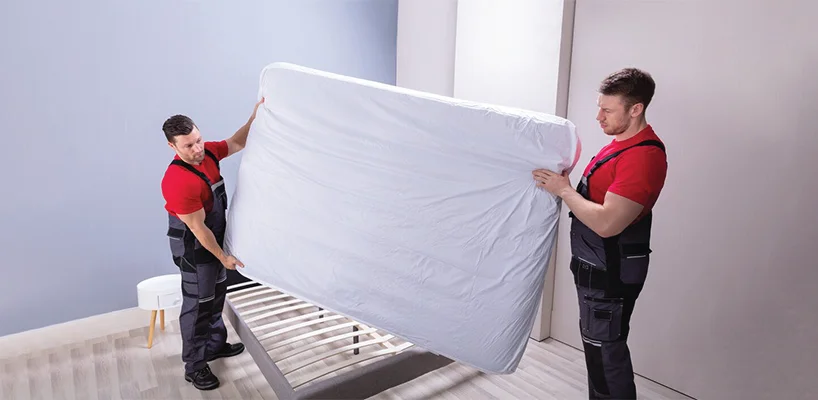



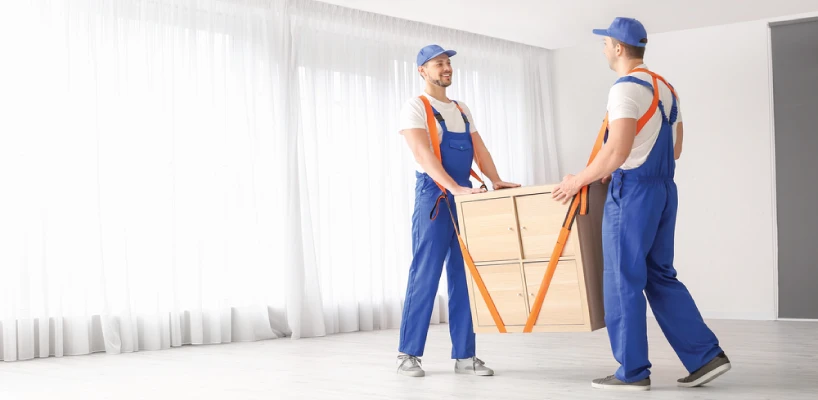

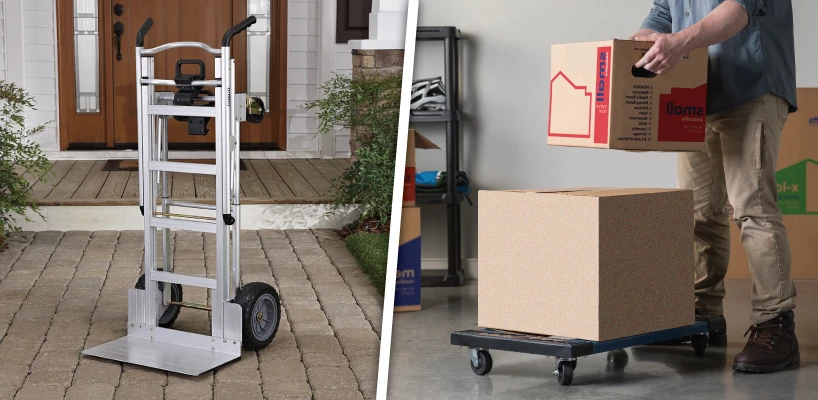

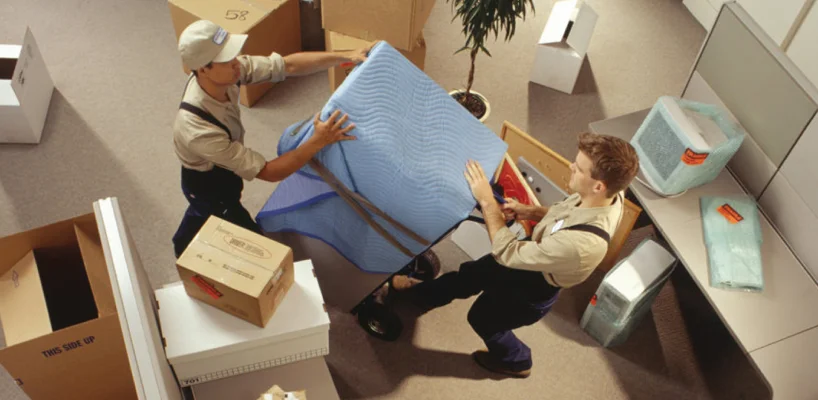


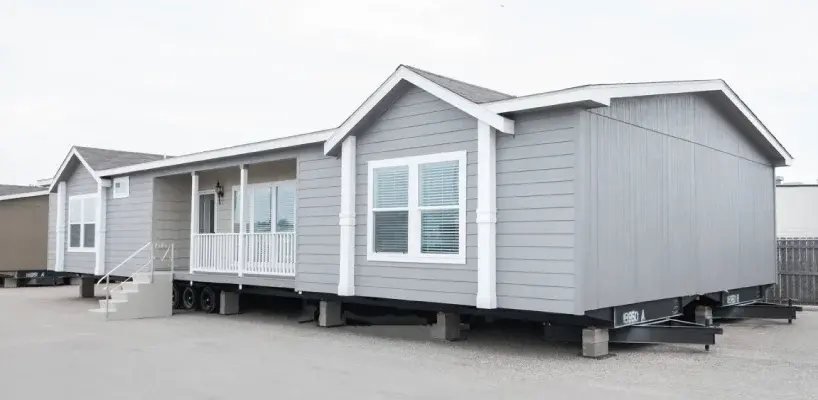


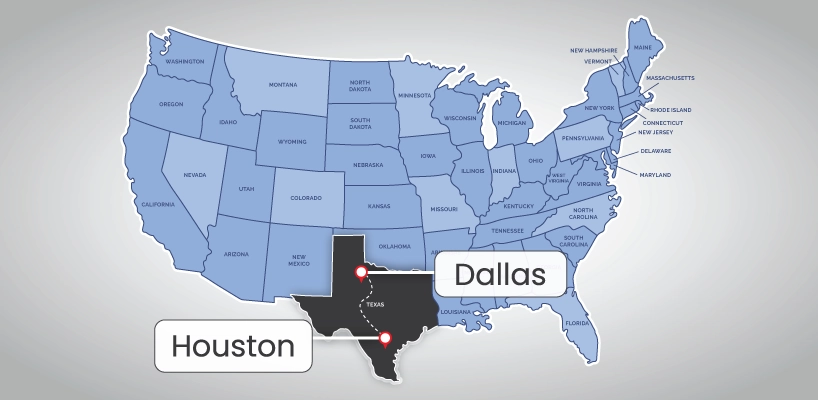


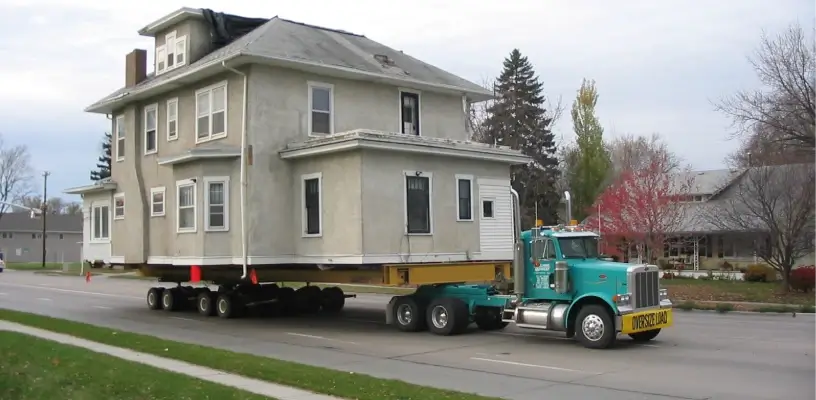
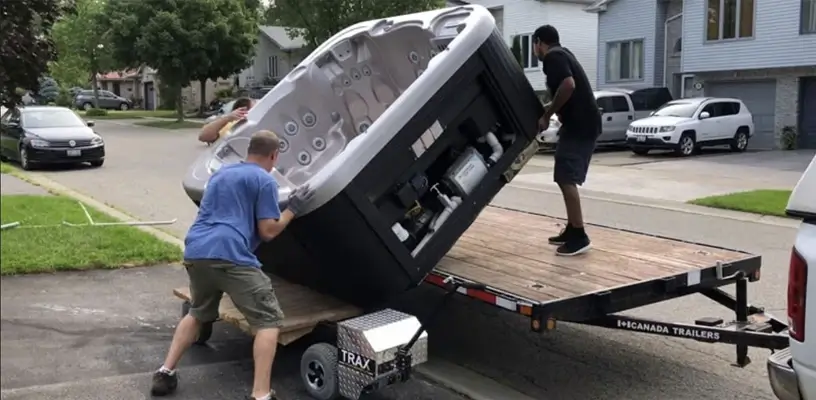




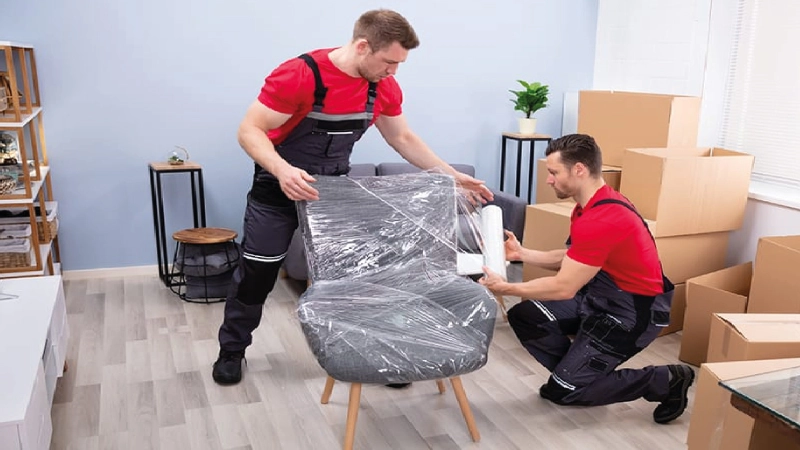

 (239) 799–6077
(239) 799–6077